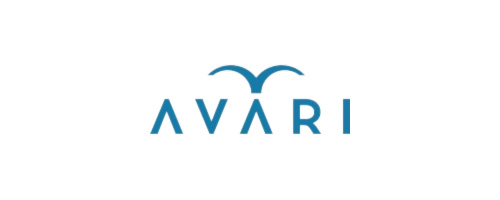Neuromodulators and Fillers
Continuing education for dentists and allied health-care professionals in Edmonton and Calgary, Alberta

Jump to:
Overview | Register for courses | Faculty | Pricing and details
Help your patients look and feel their best. Discover our comprehensive neuromodulators mini-residency. Tailored to highly skilled dentists, physicians, nurses and approved allied health providers. Our program facilitates access to the formal faculty of the Faculty of Medicine and Dentistry and clinical leaders from beyond the faculty.
Quality education for confidence
We believe that high-quality, competency-based education is crucial for gaining confidence in a clinical setting. It directly translates to higher customer satisfaction and lower practice risk. We offer the only University-based, fillers certification program in Canada.
Here's why our program stands out:
Distinct academic excellence: Benefit from the esteemed University of Alberta's Faculty of Medicine and Dentistry, a formally accredited institution, known for its commitment to innovative education.
Multi-disciplinary faculty: Access our dedicated faculty across a diverse range of disciplines including formal educators, researchers, and clinicians in delivery and patient care.
Facilities exclusive to the U of A: Access cutting-edge facilities, like our cadaver lab, for enhanced hands-on skills and staying updated with industry advancements.
Clinical practice: Clinical confidence comes from competency-based education and participants will work on at least six live patients with chairside assistance.
Interdisciplinary approach: Engage in collaborative learning with professionals from various specialties, expanding your network.
Recognized credentials: Earn a prestigious credential, enhancing your professional reputation and opportunities.
Non-biased: Enjoy a non-industry-biased approach that focuses on building your skills and knowledge
What you will learn
Seven courses | Earn up to 136 CE credits
At the core of our program is the provision of expert instruction, professional support, and opportunities to practice in a clinical setting. Competency in neuromodulator therapeutics facial aesthetics program can impact your patients and your practice in several ways: treatment for TMD orofacial pain and bruxism, as well as esthetic treatment options are covered.
Neuromodulator therapeutics
Start with the first three courses offered in this area to enhance your administration skills, patient photography, reconstitution and patient care. These skills not only apply to facial aesthetics but also enable therapeutic procedures for TMD, oral facial pain and bruxism.
Fillers for facial rejuvenation
Once you complete neuromodulators, the final three levels are focused on unlocking the art of facial rejuvenation. Develop expertise in advanced techniques for facial fillers to ensure optimal patient outcomes. All level four courses include free training for one RDA.
Discover the levels
Neuromodulator therapeutics
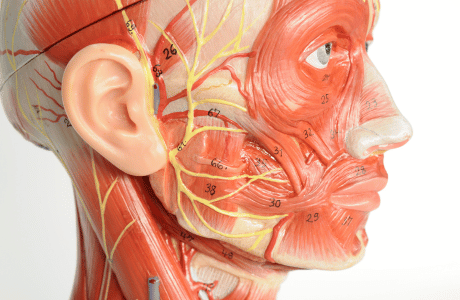
Level 1
Applied anatomy review and introduction to neuromodulators
16* CE credits | $2,280** | In-person & online
This course covers head and neck anatomy, neuromodulator administration, and aesthetic/non-aesthetic therapies. Hands-on training includes an anatomical and functional cadaver lab.
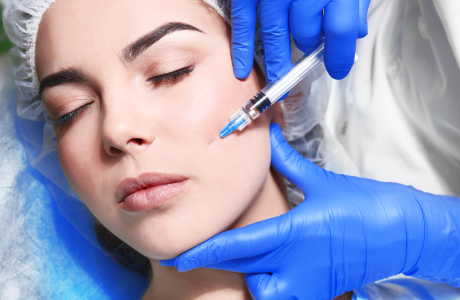
Level 2
Basic neuromodulators - upper face and bruxism treatment
24* CE credits | $3,500** | In-person & online
Deepen your knowledge and proficiency in neuromodulator techniques. Level two focuses on neuromodulators for upper face muscles and bruxism treatment. Includes lectures, clinical anatomic cadaver lab and injection practice.
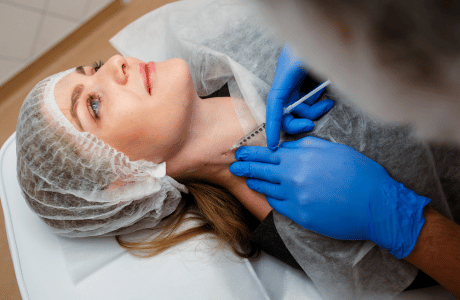
Level 3
Advanced neuromodulators
24* CE credits | $3,500** | In-person & online
Master advanced neuromodulation procedures and treatment planning. Level three introduces advanced neuromodulator administration for mid-lower face, neck regions and myofascial pain treatment.
Fillers for facial rejuvenation
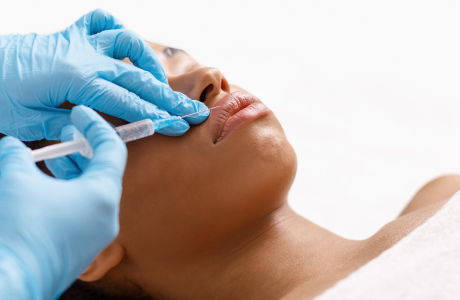
Level 4A
Facial dermal fillers and neuromodulators for the deep muscles of mastication
24* CE credits | $5,580** | In-person & online
Expand your knowledge of facial fillers and their application. Level 4A includes basic dermal fillers, neuromodulator treatment for deep muscles, and hands-on patient practice. It offers theory and hands-on modules, allowing you to practice injections on six live patients with guidance and an instructor demo.
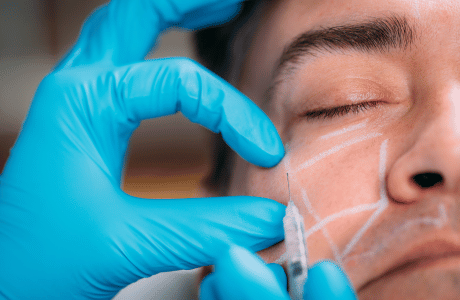
Level 4B-1
Deep injections with facial fillers for facial rejuvenation
24* CE credits | $5,500** | In-person & online
Master advanced filler techniques for natural-looking results. Review advanced dermal fillers, facial analysis and hands-on injection training. This course includes theory and hands-on modules where you will practice injections on a minimum of six live patients with chairside guidance and an initial instructor demo.
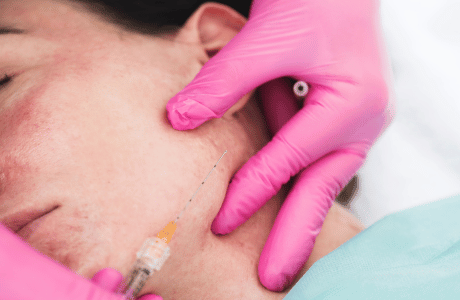
Level 4B-2
Complete sculpting using cannulas with facial fillers for facial rejuvenation
24* CE credits | $5,500** | In-person & online
Perfect your skills in advanced facial filler procedures. The final course in the second half of our neuromodulators and aesthetics program covers facial analysis, a cadaver lab with a live demo using a cannula for face sculpting, and hands-on injection of live patients. Includes three modules: theory, cadaver lab and hands-on.
Neuromodulator assistant training
Train the team with the neuromodulators assistant course. This course is free when purchased with the fillers level 4A course for a dentist.
* This number is an estimate. Your regulatory body will issue the credits.
**In Edmonton. Prices for the offerings outside of Edmonton will differ.
Pricing and details
How the program works
Courses are instructor-led and combine online delivery with in-person hands-on training. They combine the best aspects of real-time (synchronous) learning guided by the instructor and independent self-directed (asynchronous) study which can be accomplished according to your schedule.
This program:
- Takes around four years to complete.
- Maintains a 4:1 instructor ratio.
Transfer credit
Neuromodulator and filler courses from other institutions are not transferable to meet the U of A requirement of completing the previous course level. If interested in taking the U of A program, you must start with level one.
Tuition breakdown
To complete the entire residency the following tuition will apply:
- $2,200 due at the time of registration for Level 1
- $3,500 due at the time of registration for Level 2*
- $3,500 due at the time of registration for Level 3*
- $5,500 due at the time of registration for Level 4A
- $5,500 due at the time of registration for Level 4B-1
- $5,500 due at the time of registration for Level 4B-2
*Additional fees apply to levels two and three in Calgary. Additional fees may apply depending on product availability.
Payment schedule
The total base price of this program is $25,700. On average this program takes four years to complete.
A typical breakdown of the yearly cost to complete the program is as follows:
- $5,700 on year one
- $3,500 on year two
- $5,500 on year three
- $11,000 on year four
IMPORTANT: If you proceed onto Level 4A you will receive a complimentary admission to our neuromodulators assistant certification course for a registered dental assistant (RDA) of your choosing. If you wish to have additional RDAs become certified there is an additional fee of $500 per RDA.
Questions?
Contact us at cdeneu@ualberta.ca
Upcoming Events
Our leading faculty
We have a large faculty of medical and dental professionals, including oral maxillofacial surgeons, dermatologists, GP physicians, general dentists, anatomy PhDs, nurses and more.Dr. Saranjeev Lalh
Oral and Maxillofacial Surgeon
Dr. Lalh, DDS, MD, BSc, FRCDC, appointment as the Oral and Maxillofacial Surgeon at the world-renowned Institute for Reconstructive Sciences in Medicine (iRSM) at the Misericordia Hospital and Covenant Health is a true testament to his exceptional skills and unwavering dedication to the field of medicine.
He specializes in reconstructing the lives of patients suffering from head and neck cancer, helping them regain their confidence and hope for the future. Lalh's work is not only transformative but also innovative, as he incorporates cutting-edge digital imaging technology in his reconstructive surgical procedures and aesthetic medicine. Dr. Lalh's unwavering passion for his craft and commitment to providing the best care possible inspire us all to strive for excellence and make a positive impact on the world.
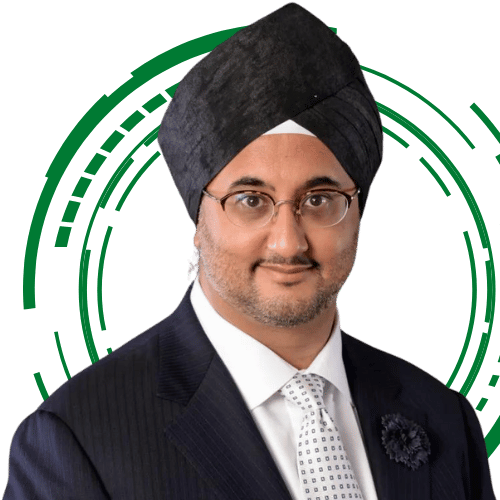
Dr. Neeraj Bector
Family medicine physician
Dr. Bector, MD, obtained his degree in medicine at the University of Manitoba in 2000 with an undergrad degree in microbiology and zoology. In 2010, after completing his aesthetic training and moving to Edmonton, he became a clinical lecturer and instructor at the University of Alberta.
Dr. Bector has a special interest in the treatment of diabetes, chronic pain management (including migraines), body rejuvenation and facial aesthetics.
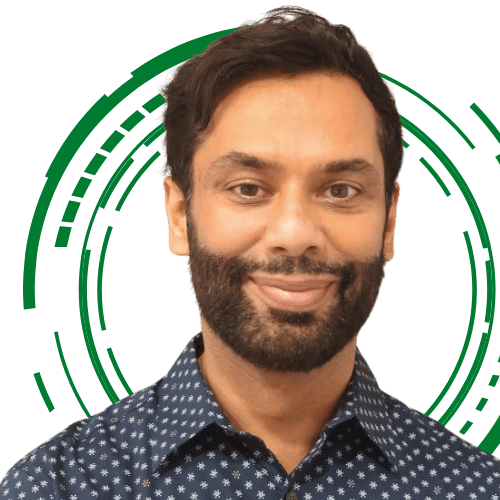
Dr. Jaggi Rao
Dermatologist
Dr. Rao, MD, FRCPC, is a double board-certified dermatologist (Canada and USA) and a certified cosmetic surgeon. He completed his five-year dermatology training at the University of Alberta, followed by an accredited fellowship with the American Academy of Cosmetic Surgery in Southern California.
Dr. Rao is a full clinical professor of medicine at the University of Alberta, and continues to lend his expertise to various organizations. He sits on the board of directors for Canadian Association of Aesthetics Medicine (CAAM) and acts as a consultant to the government (such as the Canadian Standards Association), laser and pharmaceutical industry, and professional sports teams.
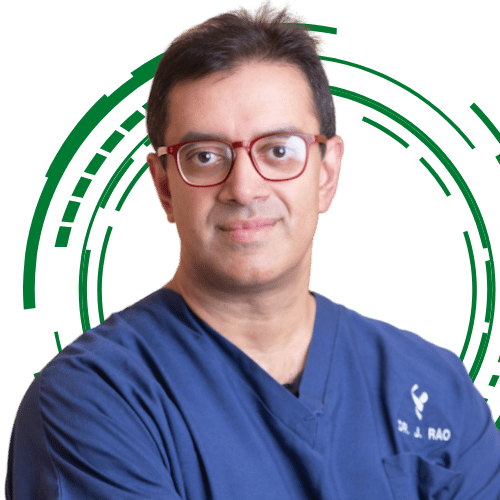
Dr. Christine Webber
Associate professor and researcher
Dr. Webber, MSc, PhD, is an associate professor in the division of anatomy. She teaches gross and neuroanatomy to the years one and two medical and dental students through the Faculty of Medicine and Dentistry and a fourth-year honours undergraduate neuroanatomy.
In addition to teaching, she have an active research laboratory. She has postdoctoral training in the lab of Dr. Douglas Zochodne (current at the University of Alberta) investigating nerve regeneration.
her PhD was at the University of Calgary in the laboratory of Dr. Sarah McFarlane where she studied developmental axon guidance; and her MSc was at the University of Saskatchewan with Dr. David Schreyer investigating nerve regeneration.
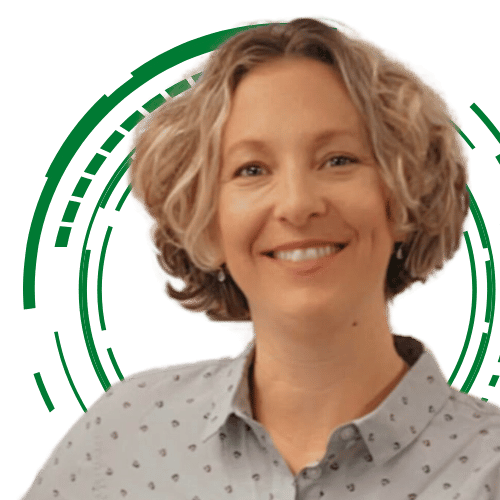
Dr. Donald Wakeham
oral and maxillofacial surgeon
Dr. Donald Wakeham is an oral and maxillofacial surgeon practicing in Calgary, Alberta. He owns Calgary Facial Rejuvenation and has been in practice for over 35 years. He is licensed by the American Academy of Cosmetic Surgery.
He has extensive experience in facial cosmetic and surgery procedures. He performs surgeries on the facial and facial bones for trauma, birth defects, cancer reconstruction, and facial esthetics. However, he shifted his practice to injecting dermal fillers such as Juvederm and neuromodulators such as Botox.
In addition to his practice, he is a clinical instructor at the University of Alberta. He teaches dermal filler and botox injection courses.
Dr. James Mah
program director in orthodontics and OSA
Dr. Mah, DDS, MSc, DMSc, BSc, is a clinical professor and the program director in orthodontics and dean of dentistry at the University of Nevada, Las Vegas. His research is focused on 3-dimensional imaging and modelling for diagnosis, treatment planning and therapeutics as well as anthropology and forensics.
He has been involved in the research and development of 3-D facial imaging devices, intra-oral scanners, CAD/CAM applications in dentistry and cone-beam CT scanners.
He obtained his doctorate of dental surgery, master of science degrees and his certificate of specialization in orthodontics from the University of Alberta. Following he graduated from Harvard Medical School with a doctorate of medical science degree and completed a postdoctoral fellowship in the department of orthopaedics at Children's Hospital, Boston.
Dr. Mah has authored numerous publications, textbooks, and book chapters and regularly presents nationally and internationally. In addition, his work has been featured in the Los Angeles Times, The National Post, Tech TV and Men's Health. He also reviews for the Journal of Clinical Orthodontics, the American Journal of Orthodontics & Dentofacial Orthopedics and other dental journals.

Dr. James Yacyshyn
director, continuing dental education
Dr. Yacyshyn, DDS, MS, BSc, obtained his bachelor of science and doctor of dental surgery from the University of Alberta and completed a masters in applied science engineering from the University of Toronto. With a background in health technology and informatics, Dr. Yacyshyn joined the Faculty of Medicine and Dentistry in 2001 and was later appointed as the director of continuing dental education in 2002.
As director, Dr. Yacyshyn has developed and facilitated numerous educational programs spanning various topics for licensed dentists, dental hygienists, dental assistants and allied health practitioners across Alberta, nationally and internationally. Additionally, through clinical programs, we have provided care for numerous patients over the years.
If you have any ideas, challenges, or opportunities that you want to share, please reach out to us, together we can pursue excellence in continuing dental education and patient care.

Dr. Reid Friesen
Oral medicine specialist
Dr. Friesen, BMSc, DDS, MSc, FRCD(C), is an oral medicine specialist certified by the Royal College of Dentists of Canada. He completed his dental training at the University of Alberta in 2014, where he excelled academically, earning the Gold Medal in Dentistry for achieving the highest overall standing in his class.
following his graduation, Dr. Friesen pursued specialized training in Oral Medicine at the same institution, culminating in a Master’s degree in Medical Sciences in 2018.
Currently, Dr. Friesen serves as an assistant professor at the University of Alberta. He plays a pivotal role in the academic and clinical development of graduate students in oral medicine, as well as undergraduate students in dentistry and dental hygiene. His expertise encompasses a broad range of conditions, with a clinical emphasis on the management of orofacial pain and temporomandibular joint dysfunction, oral mucosal diseases, and dental sleep medicine.
Dr. Friesen oversees the TMD/orofacial pain clinic/sleep-disordered breathing clinic, which includes the comprehensive multidisciplinary orofacial pain clinic. This role highlights his expertise and leadership in the field, coordinating a team approach to complex orofacial pain conditions.
Additionally, he is a member of the Royal College of Dentists of Canada (RCDC), the American Academy of Oral Medicine (AAOM), the Pain Society of Alberta, the American Academy of Sleep Medicine and the Canadian Academy of Oral and Maxillofacial Pathology and Oral Medicine (CAOMPOM).
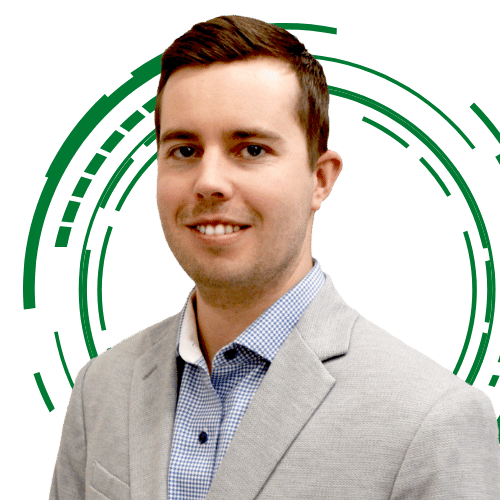
Dr. Anil Walji
Professor of anatomy
Dr. Walji, PhD, is a professor and director in the division of anatomy at the University of Alberta.
He studied medicine at the University of Nairobi, then practiced family medicine and was a faculty member at the University of Nairobi where he taught for 10 years. He earned a PhD in human anatomy from the University of London.
Dr. Walji has received over twenty-three teaching awards, including the prestigious University-wide Rutherford Award for Excellence in undergraduate teaching. He is also the only faculty member in the school who holds the distinction of achieving two perfect course evaluations in courses totalling 160 students.
He has had several cadaver research projects including investigations into skull diploic venous space as a potential route for cerebrospinal fluid diversion and absorption in the treatment of hydrocephalus, the use of ultrasound in cadaver-based trunk and peripheral nerve blocks. He is the author of several textbooks including a core anatomy undergraduate medical education textbook, Interactive Clinical Anatomy: A Workbook of Lecture Notes, Illustrations and Drawings.
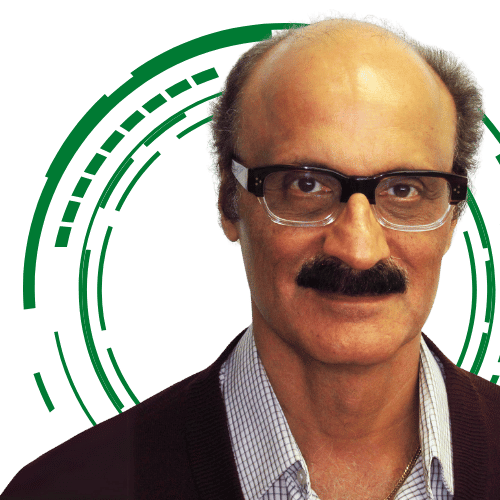
Dr. Dan Livy
Associate professor of anatomy
Dr. Livy, PhD, is a graduate of the University of Alberta, having completed his PhD in the department of biological sciences in the field of developmental neuroanatomy. He then completed postdoctoral fellowships in the health science centers at the University of Tennessee, Memphis and Texas A&M University.
He returned to the University of Alberta to accept a position with the stand-alone division of anatomy in the Faculty of Medicine. He is now an associate professor and director of the Division of Anatomy.
The main focus of his research has been on brain development. This has included an examination of factors influencing axon pathway formation within the brain and how drugs of abuse affect brain and behavioral development. Dr. Livy's current research is focused on the effect of seizure activity on the neuronal and axonal structure within the brain.
The Division of Anatomy has the responsibility of providing anatomy instruction across the entire University of Alberta campus, so teaching is a major portion of our academic commitment. They are known for our teaching excellence and strive to maintain this level of excellence by providing high quality instructors with a passion for teaching. Their goal is to make anatomy come alive and they do this by delivering our material in a context-appropriate manner, incorporating functional and clinical references and marrying topics in embryology, physiology, histology, neuroanatomy with gross anatomy.

Dr. Karyne Rabey
Associate professor of anatomy
Dr. Rabey, PhD, studies the complex mechanisms shaping musculoskeletal variation in different species and sexes from stages of in-utero to old age.
Her research utilizes novel interdisciplinary approaches combining force plate mechanography, motion capture analyses, deep machine learning, micro-computed tomography (micro-CT in vivo and ex vivo), hormonal levels, gross morphology, and histology. These methodologies have allowed her lab to directly test relationships between bony morphology with behaviour (i.e., different exercise regime), nerve injury and muscle function.
Biological sex and exercise are mitigating factors that alter circulating hormones. Bone is highly influenced by circulating hormones and proteins, and Rabey's research has shown great differences between sexes. Females react differently to exercise paradigms and are found to have higher levels of circulating proteins post-exercise. Rabey's research seeks to better understand developmental as well as long-term effects of exercise and injury impact on muscle attachments, bone health and management, and muscle strength in women to prevent musculoskeletal diseases.
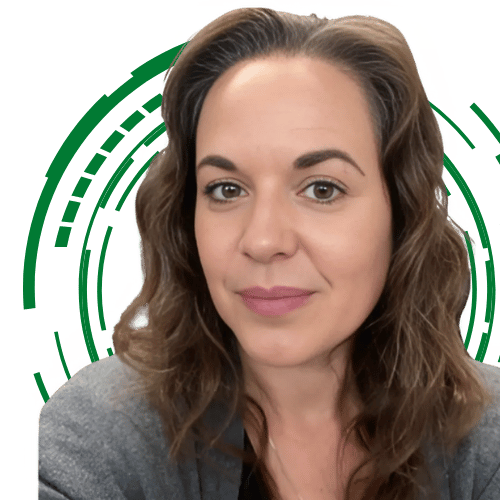
Dr. Lian Willetts
Cell Biology & Anatomy
Dr. Willets, PhD, completed her PhD in experimental medicine under the mentorship of Dr. James Lee (Department of Biochemistry and Molecular Biology, Mayo Clinic Arizona, USA), and Dr. Redwan Moqbel (Faculty of Medicine, University of Alberta, Canada) in 2012.
Her research work focused on the generation and application of transgenic mouse-based models to investigate eosinophil degranulation in allergic airway diseases (e.g. asthma).
She generated a strain of transgenic mice which lacks the vesicle associated Membrane protein-7 (VAMP-7) only in their eosinophils. Using this model, the role of membrane fusion proteins (e.g. V/R-SNAREs) in eosinophils and their impact on the pathophysiological development of asthma can be measured and analyzed.
In 2013, Willets was recruited as a postdoctoral fellow in the Department of Oncology at the University of Alberta and the Alberta Prostate Cancer Research Initiative (APCaRI) supervised by Dr. John Lewis. Her research focused on the mechanism of cancer metastasis and clinical applications in the diagnosis and prognosis of metastasis. Willets and her team combined intravital “live cancer” imaging and model-based research to screen for biomarkers (e.g. microRNAs, proteins, and extracellular vesicles) of cancer metastasis. The project has identified several target-patterns with diagnostic, prognostic, and potential therapeutic value.
Willets has won several prestigious awards for her work, including a postdoctoral fellowship from the United States Department of Defense Prostate Cancer Program. She was awarded the silver medal at the 2015 International Falling Walls Lab and Conference in Berlin, Germany. Willets is very active in the Falling Walls lab community and was a member of the jury for the Falling Wall Labs 2017.
Willets is a faculty member at the Univeristy of Calgary in the Department of Cell Biology and Anatomy, and teaches clinically-oriented anatomy in the undergraduate medical education program, bachelor of dealth science program and graduate science education.
Dr. Pierre Lemelin
Professor of anatomy
Dr. Lemelin, PhD, is the supervisor of the gross anatomy lab and his personal research laboratory studies the convergence of gait and locomotor biomechanics among arboreal mammals, as well as the functional morphology and evolution of the primate hand.
He co-edited The Evolution of the Primate Hand -Springer Publishing.
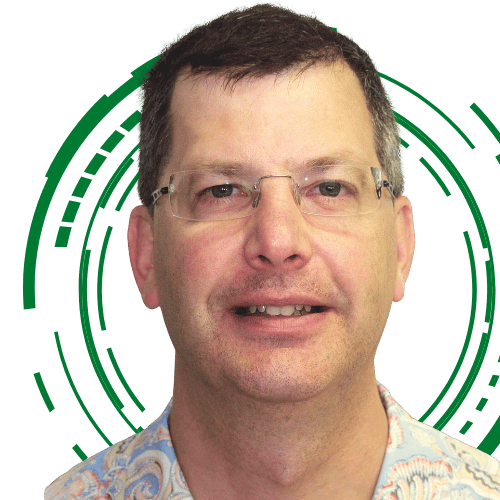
Future dates
Are you looking for different course dates? The new course schedules will be available in August.
Keeping you in the know
Stay up-to-date on the latest continuing dental education offers, events and courses.

